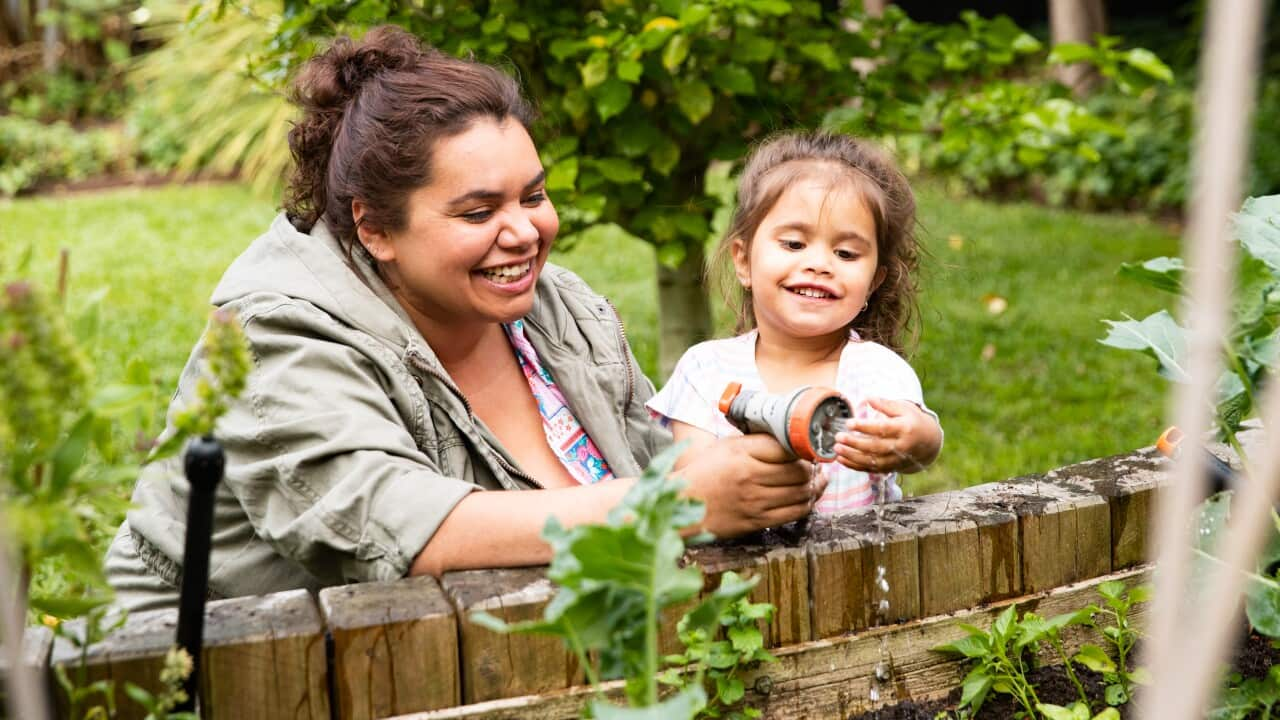Key Points
- Australian schools fall into three sectors: Government, Catholic and private
- Most schools are co-educational but single-gender schools are available, mostly within the private and Catholic sectors
- Hefty school fees don’t always mean better education outcomes for your child
- Students can change school at any time
The Australian education system is divided into three sectors: government, also known as public or state schools, Catholic schools, and private schools.
The three sectors
Government, Catholic and private schools are governed by the same regulatory bodies in each state.
According to Dr Sally Larsen, Lecturer in Education at the University of New England, "they all present the same curriculum to students, and teachers are all accredited using the same processes. The difference is that some sectors ask parents to contribute money towards the education of their children."
The government is required to provide government-funded schools which are open to all students. They are secular and essentially free, although parents are increasingly encouraged to make a voluntary contribution of around $100 – and sometimes more – towards school resources.
Sending your child to a Catholic school will cost around $5000 per year.
In the independent school sector however, you can pay anywhere up to $30,000 or more per year for students to attend those schools.Dr Sally Larsen, Lecturer in Education, University of New England

Approximately 70% of primary and 60% of high school aged students are educated within the government sector. Credit: JohnnyGreig/Getty Images
What are your family circumstances?
Professor Emerita Helen Forgasz from the Faculty of Education at Monash University says, “the difference for parents in terms of choice is whether you can afford to pay the fees at the non-government schools – that is the private schools."
If you want your child to have religious education background furthered in the school, then the choice of school is open because different religious groups do have schools in the various states.Professor Emerita Helen Forgasz, Faculty of Education, Monash University
In government schools, religious education is not included in the curriculum. However, these schools have the option to allow religious organisations to conduct education programs.
Catholic schools provide a faith-based education and welcome families of all beliefs. They are known for fostering community connectivity and discipline, and they tend to be less expensive than private schools.
Private school fees are not only high, but the hidden costs may surprise you, Dr Larsen warns.
“You do need to be aware there are additional costs like compulsory extracurricular activities, the uniform which can be very expensive, and compulsory purchase of technology,” she says.
“Some state schools are going down that same path, that there’s compulsory purchase of technology, but state schools will provide better subsidies for parents who are not in a position to purchase technological items for their children.”

The benefits of educating girls and boys separately remain contentious and academic results may not differ significantly. Credit: Fly View Productions/Getty Images
Are you considering a single gender school?
While the benefits of educating girls and boys separately remain contentious and academic results may not differ significantly, socially some children are more comfortable in a single-gender environment. This preference may also stem from religious reasons, for example.
The majority of schools in Australia are co-educational, that is boys and girls are educated together.Professor Emerita Helen Forgasz, Faculty of Education, Monash University
Separate schools, which cater to either boys or girls exclusively, are primarily found within the Catholic and Independent school sectors. Government schools, on the other hand, are co-educational in most states. However, NSW is an exception, as it has more than 30 single-sex government schools, while Victoria offers only a few. Some of these single-sex government schools are selective schools.
When considering the different sectors, it's important to keep in mind that private schools target parents in their marketing campaigns and “build on that worry that their kids won’t get an adequate education in the state system,” Dr Larsen says.

Students can change school at any time Credit: JohnnyGreig/Getty Images
Are non-government schools better?
Approximately 70% of primary and 60% of high school aged students are educated within the government sector.
When deciding whether to send your child to a private or Catholic school, factors such as academic, cultural, and family expectations come into play, regardless of cost. The competition for student enrolment is evident in the marketing campaigns by these schools.
The absence of marketing from government schools doesn’t mean that those schools are any less good than independent schools.Dr Sally Larsen, , Lecturer in Education at the University of New England
The answer is that excellent schools can be found within all three sectors.
Do your homework
Research what the school offers. Paying higher school fees doesn’t mean you’re getting a better education for your child, Professor Emerita Forgasz emphasises.
“Finding a school that meets what you believe are the needs of your child is the number one factor that people should have in mind.”
Request a school tour and don’t be afraid to ask probing questions. If your child has specific interests or special needs, not every school may be able to accommodate them, so thorough research is critical.
Professor Emerita Forgasz says it's important to remember that you can change your mind at any stage.
“If your child is not thriving at any time through their schooling, then reassess. Would it be the right thing to do for them socially as well as educationally to change schools?”















